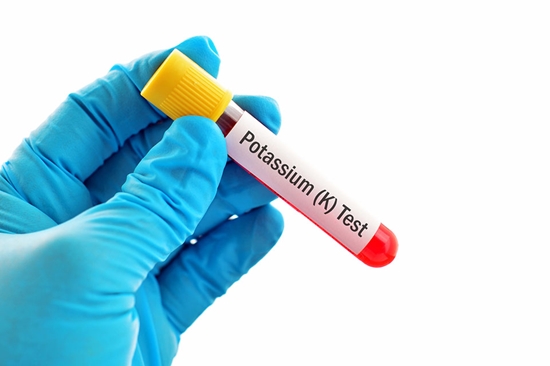تشخیص سریع و غیر تهاجمی هیپرکالمی در بیماران مبتلا به نارسایی سیستولیک میوکارد با استفاده از مدلی مبتنی بر الگوریتمهای یادگیری ماشینی
هیپرکالمی یک اختلال الکترولیتی است که به صورت بالقوه تهدید کننده زندگی بوده و اگر به موقع تشخیص داده نشود ممکن است منجر به شرایط ویرانگر و مرگ ناگهانی قلبی شود. نمونه گیری خون برای بررسی سطح پتاسیم زمان بر است و می تواند درمان به موقع هیپرکالمی شدید را به تاخیر بیندازد. بنابراین، محققان در این مطالعه یک روش غیر تهاجمی برای تشخیص صحیح و سریع هیپرکالمی پیشنهاد می کنند.

Abstract
Background:
Hyperkalemia is a potentially life-threatening electrolyte disturbance that if not diagnosed on time may lead to devastating conditions and sudden cardiac death. Blood sampling for potassium level checks is time-consuming and can delay the treatment of severe hyperkalemia on time. So, we propose a non-invasive method for correct and rapid hyperkalemia detection.
Methods:
The cardiac signal of patients referred to the Pediatrics Emergency room of Shahid Rejaee Hospital was measured by a 12-lead Philips electrocardiogram (ECG) device. Immediately, the blood samples of the patients were sent to the laboratory for potassium serum level determination. We defined 16 features for each cardiac signal at lead 2 and extracted them automatically using the algorithm developed. With the help of the principal component analysis (PCA) algorithm, the dimension reduction operation was performed. The algorithms of decision tree (DT), random forest (RF), logistic regression, and support vector machine (SVM) were used to classify serum potassium levels. Finally, we used the receiver operation characteristic (ROC) curve to display the results
Results:
In the period of 5 months, 126 patients with a serum level above 4.5 (hyperkalemia) and 152 patients with a serum potassium level below 4.5 (normal potassium) were included in the study. Classification with the help of a RF algorithm has the best result. Accuracy, Precision, Recall, F1, and area under the curve (AUC) of this algorithm are 0.71, 0.87, 0.53, 0.66, and 0.69, respectively
Conclusions:
A lead2-based RF classification model may help clinicians to rapidly detect severe dyskalemias as a non-invasive method and prevent life-threatening cardiac conditions due to hyperkalemia.


.png)
.png)
ارسال نظر